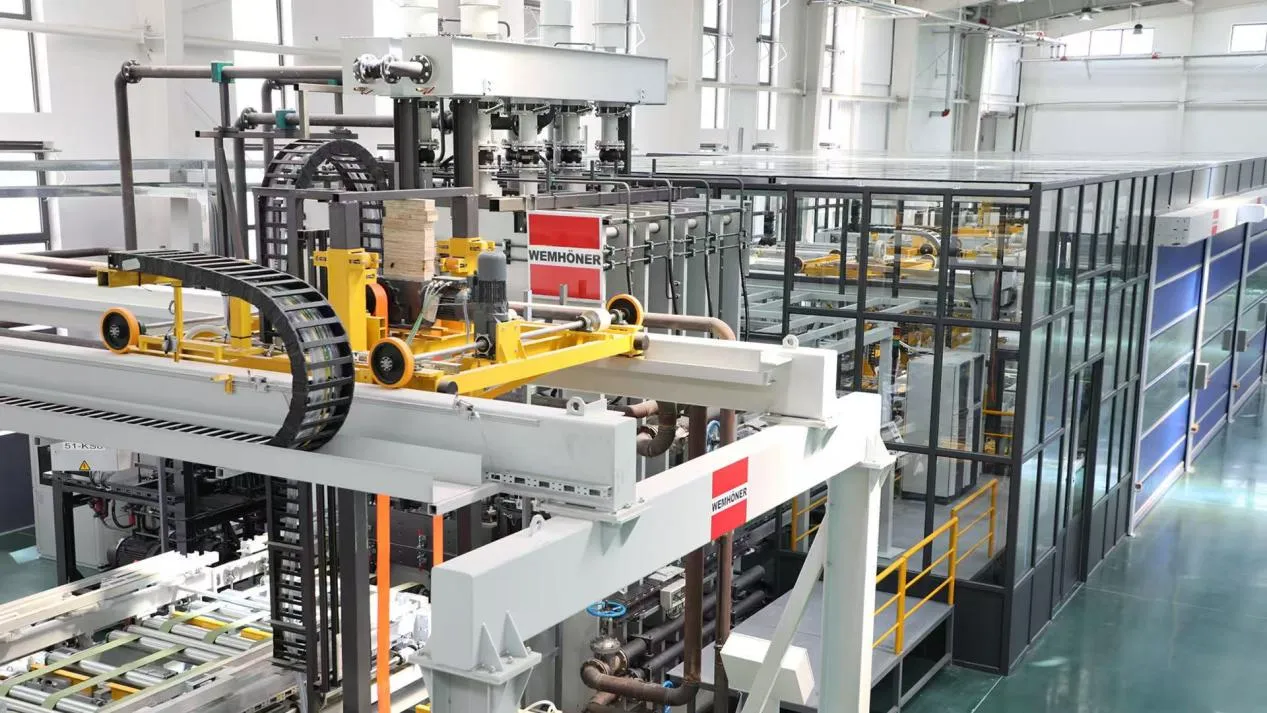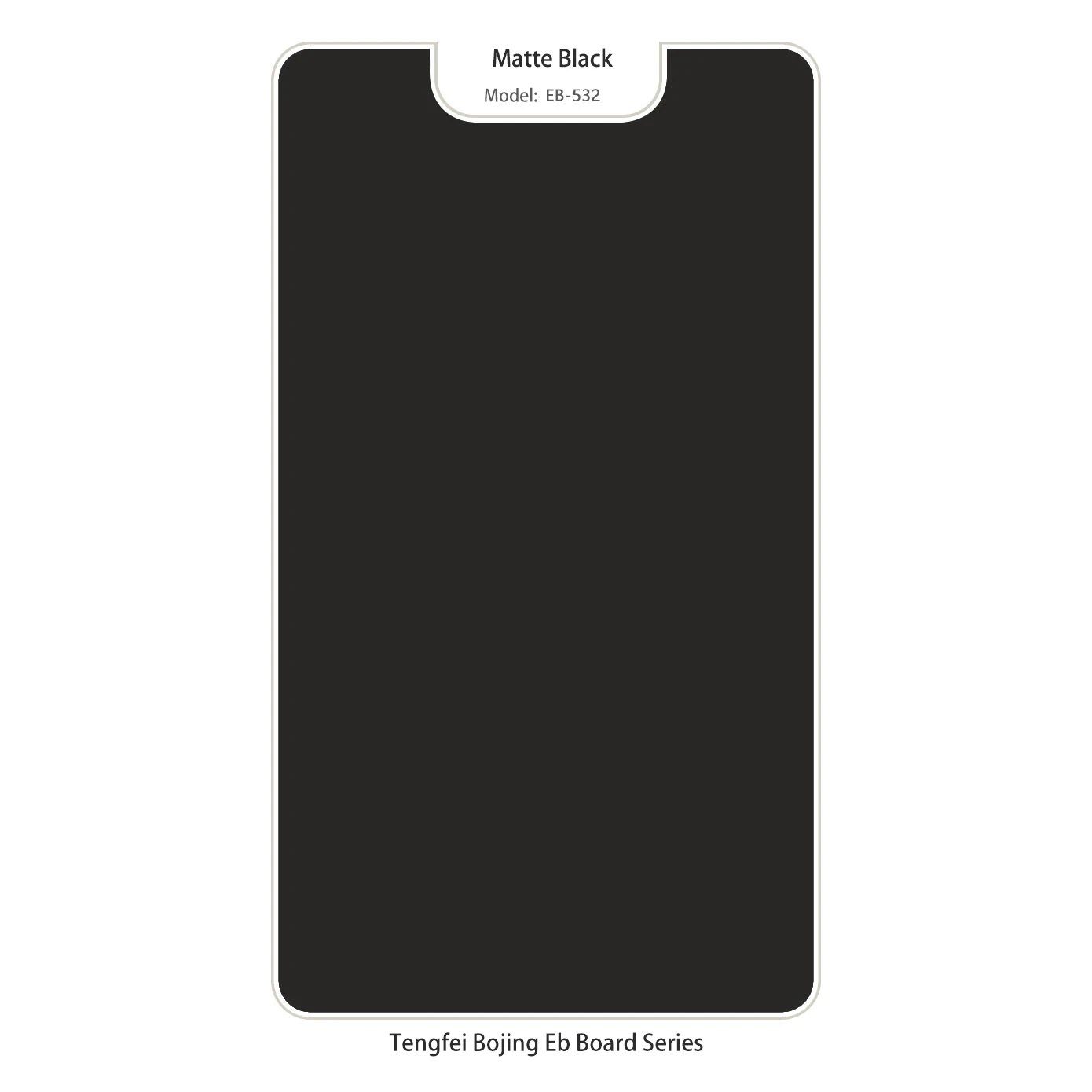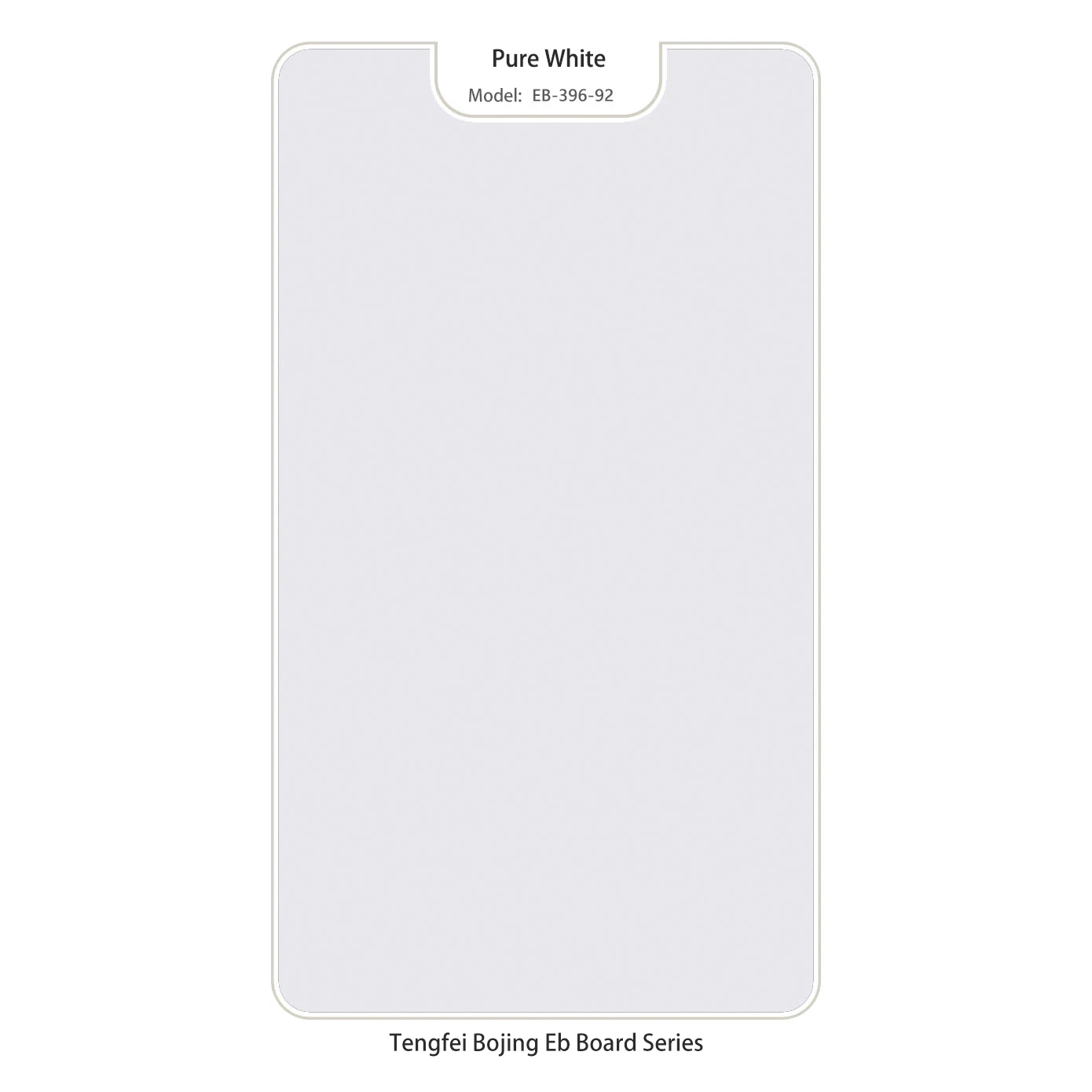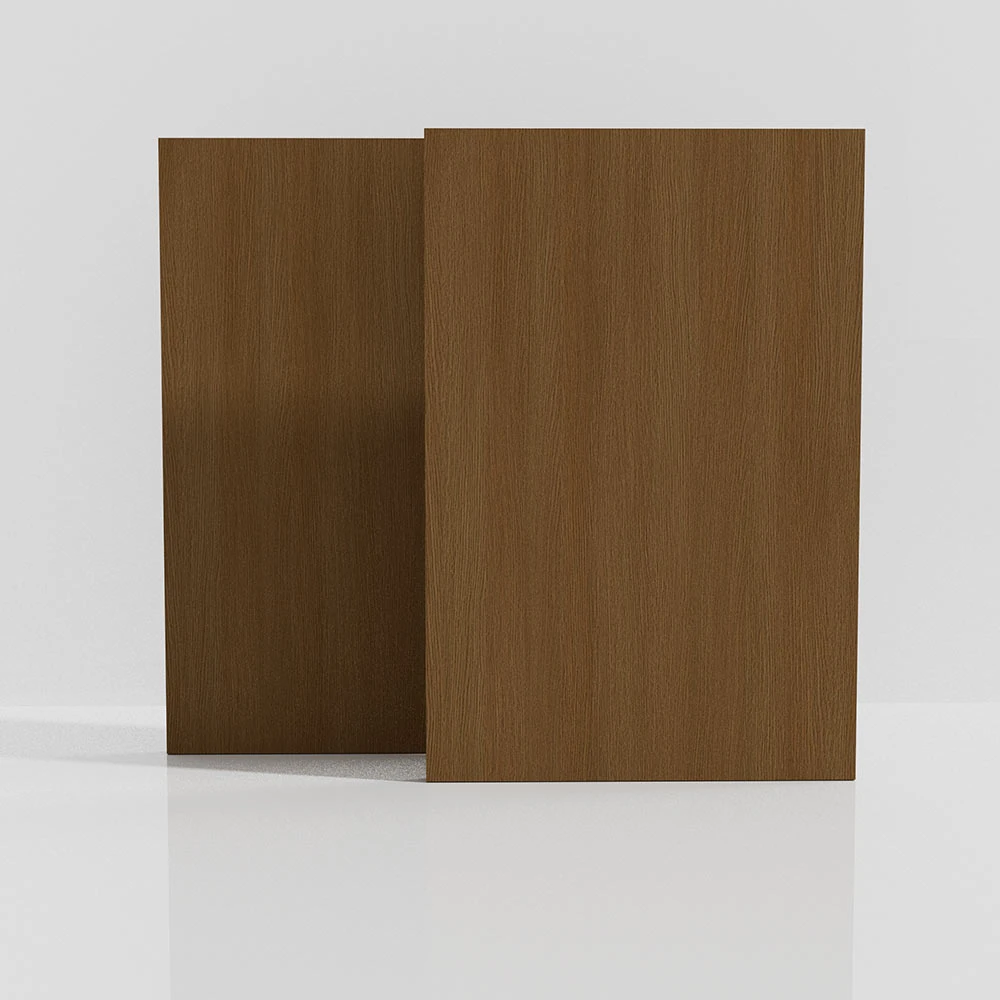In today’s sophisticated woodworking and interior design industries, the choice of materials is pivotal for achieving both aesthetic appeal and structural durability. Among the top contenders, plywood and veneer products offer unmatched versatility, blending strength with beautiful finishes. Whether you’re creating elegant furniture, cabinetry, or decorative paneling, understanding how these materials function and their specific applications can elevate your project to a professional standard. With advances in manufacturing and finishing, plywood veneers have become more refined, providing options that range from natural wood grains to highly engineered surfaces.

The Unique Advantages of Plywood End Grain Veneer in Fine Woodworking
When it comes to showcasing wood’s natural character, the plywood end grain veneer offers a distinctive option that highlights the wood fibers’ intricate patterns. Unlike traditional face veneers, end grain veneers are sliced to expose the growth rings perpendicularly, resulting in a striking visual texture that is often compared to fine parquetry. The plywood end grain veneer is especially favored for high-end furniture tops, flooring, and artistic wood pieces where beauty and durability intersect. Its inherent resistance to moisture and wear makes it a practical choice for surfaces that experience frequent use.
Enhance Edges and Details with Durable Plywood Veneer Edging Solutions
Edges often determine the perceived quality of finished wood products. This is where plywood veneer edging comes into play, providing seamless transitions between surfaces and protecting edges from damage or wear. By applying precisely matched veneer edging, craftsmen can create furniture and cabinetry that look cohesive and professionally finished. The plywood veneer edging is manufactured to be flexible yet tough, allowing it to conform to curved edges and irregular shapes without cracking. In addition to functionality, veneer edging adds a refined touch that complements the overall wood grain aesthetics.
Versatile Applications of Plywood Veneer Sheets in Modern Design
The adaptability of plywood veneer sheets makes them an indispensable component in contemporary woodworking projects. These sheets can be applied over various substrates to give furniture, wall panels, and ceilings a high-end look without the cost of solid wood. Quality plywood veneer sheets come in different species, thicknesses, and finishes, catering to a wide range of design preferences. They also allow manufacturers to produce environmentally friendly products by utilizing less raw timber while maintaining the visual warmth and texture of natural wood. Furthermore, these sheets are compatible with different adhesives and finishing techniques, which ensures durability and appearance longevity.
Combining Strength and Style: Benefits of Plywood with MDF Veneer
For many builders and designers seeking a balance of cost-effectiveness and visual appeal, plywood with MDF veneer presents a compelling solution. This combination uses a sturdy plywood core covered with an MDF (medium-density fiberboard) veneer that provides a smooth, uniform surface ideal for painting or laminating. The plywood with MDF veneer is widely used in cabinetry, shelving, and interior doors, where the structural integrity of plywood supports the sleek, consistent finish of MDF. This pairing also enhances resistance to warping and cracking, addressing common challenges in wooden constructions exposed to humidity fluctuations.
How Does Plywood End Grain Veneer Differ From Traditional Veneers?
Unlike face grain veneers that reveal the surface wood fibers lengthwise, end grain veneers are sliced to show cross-sections of wood fibers. This technique creates a unique visual effect and improves the surface’s wear resistance, making it ideal for tabletops and flooring.
What Are the Advantages of Using Plywood Veneer Edging on Furniture?
Plywood veneer edging strengthens furniture edges against impact and wear, provides a seamless transition between surfaces, and enhances the aesthetic appeal by matching the wood grain perfectly, thus delivering a professional finish.
Plywood and Veneer Solutions FAQs
Q: Are plywood veneer sheets as durable as solid wood panels?
A: While they do not match the thickness of solid wood, quality plywood veneer sheets provide excellent durability and a natural wood appearance at a more affordable price, especially when applied correctly and maintained well.
Q: How does plywood end grain veneer improve the lifespan of furniture?
A: Its cross-grain structure offers enhanced resistance to moisture penetration and wear, which helps maintain the furniture’s integrity and visual appeal over time.
Q: Can plywood veneer edging be used on curved furniture edges?
A: Yes, plywood veneer edging is designed to be flexible and can conform to both straight and curved edges without cracking, making it suitable for various furniture designs.
Q: What are the benefits of using plywood with MDF veneer compared to solid MDF?
A: Combining plywood’s strength with MDF’s smooth surface creates a product that is less prone to warping and provides a more uniform finish, which is especially beneficial for painted or laminated surfaces.
Q: How eco-friendly are plywood and veneer products?
A: Plywood and veneer products utilize thinner layers of high-quality wood, reducing the need for solid lumber and helping conserve natural resources. Many manufacturers also use sustainable wood sources and environmentally responsible adhesives.



